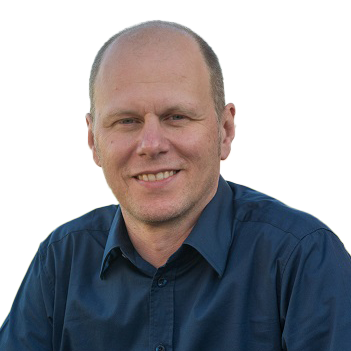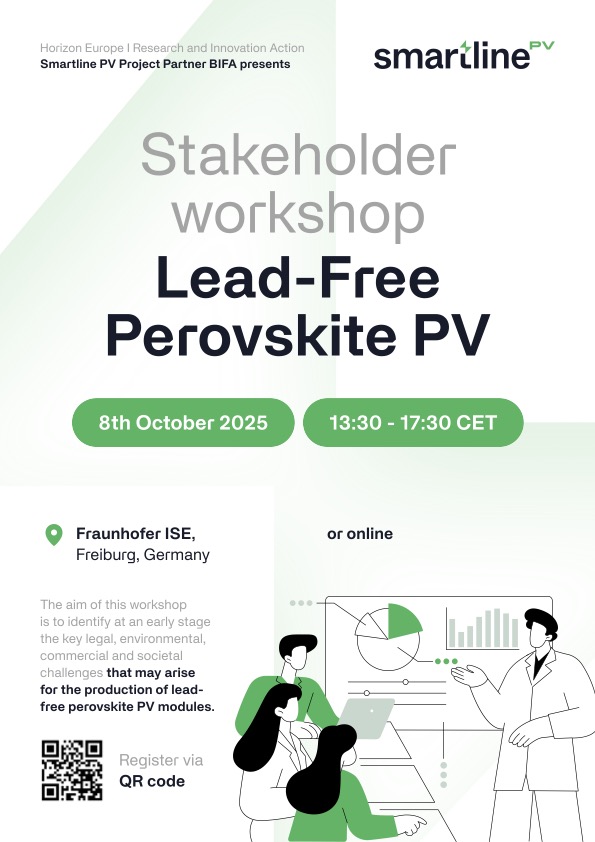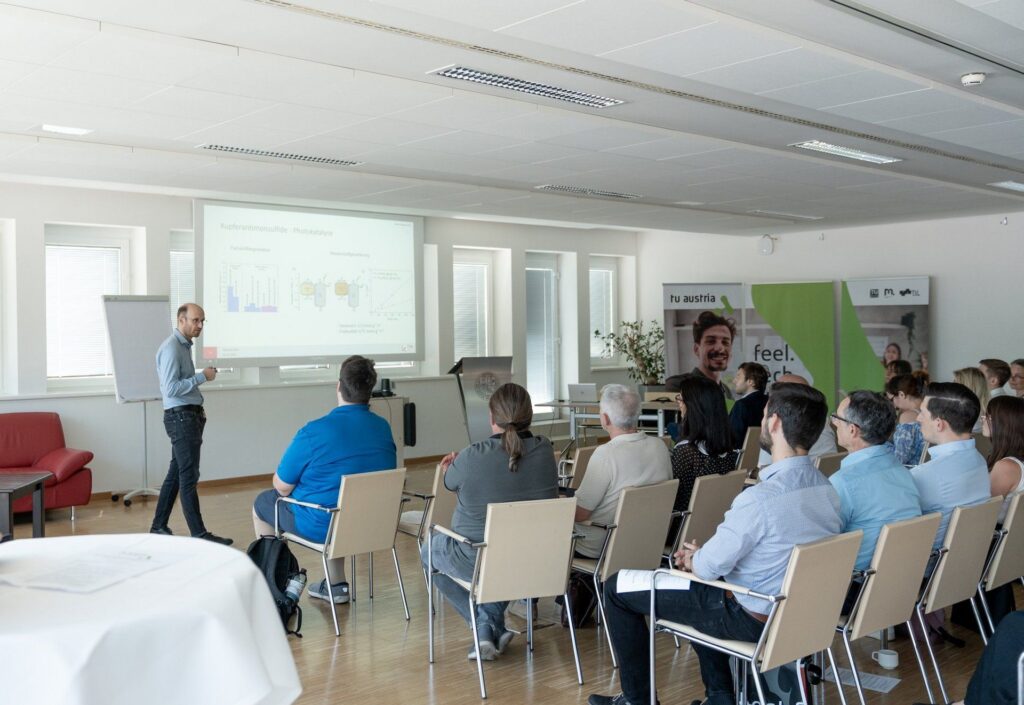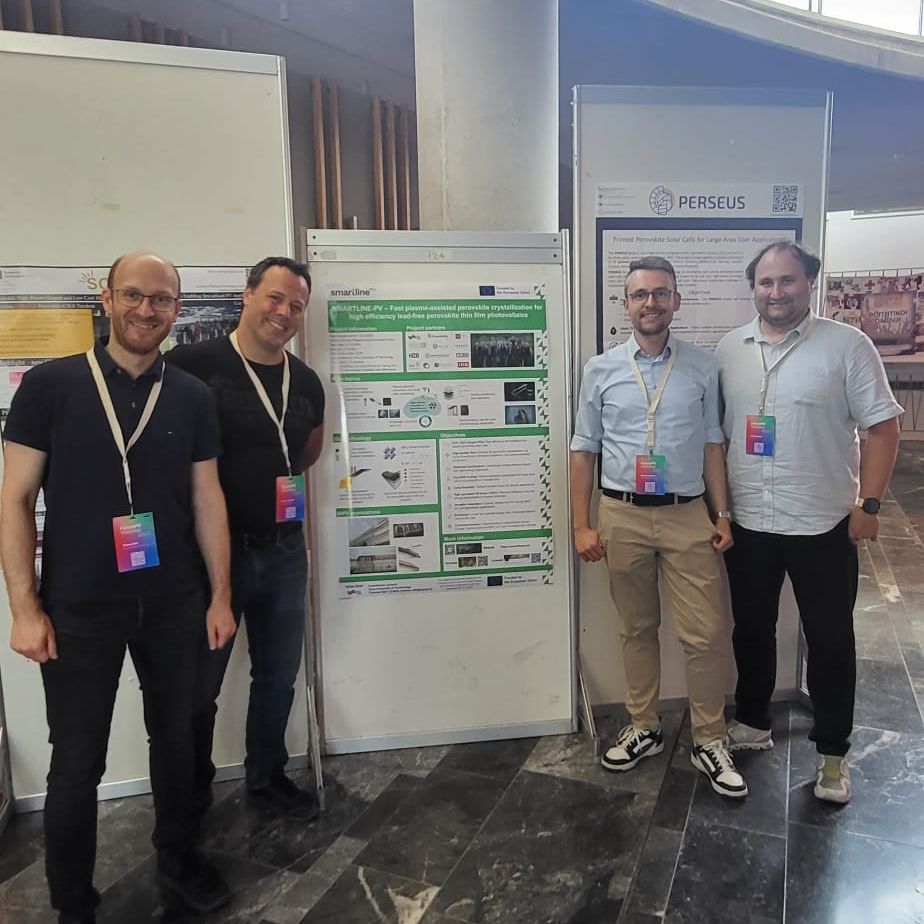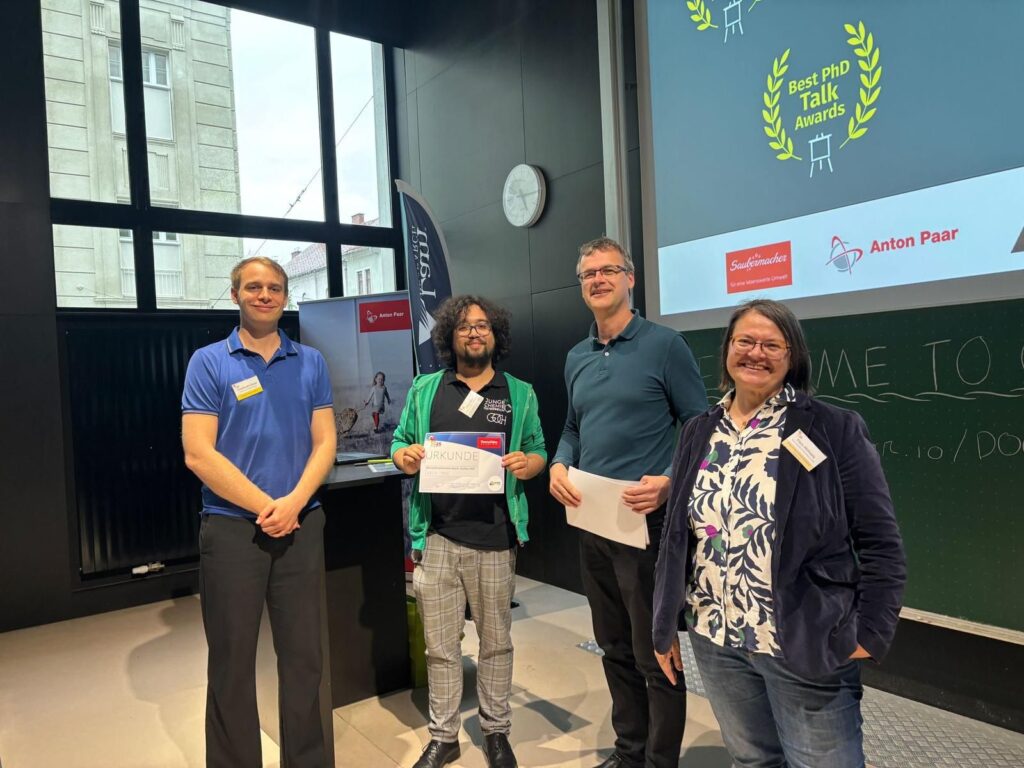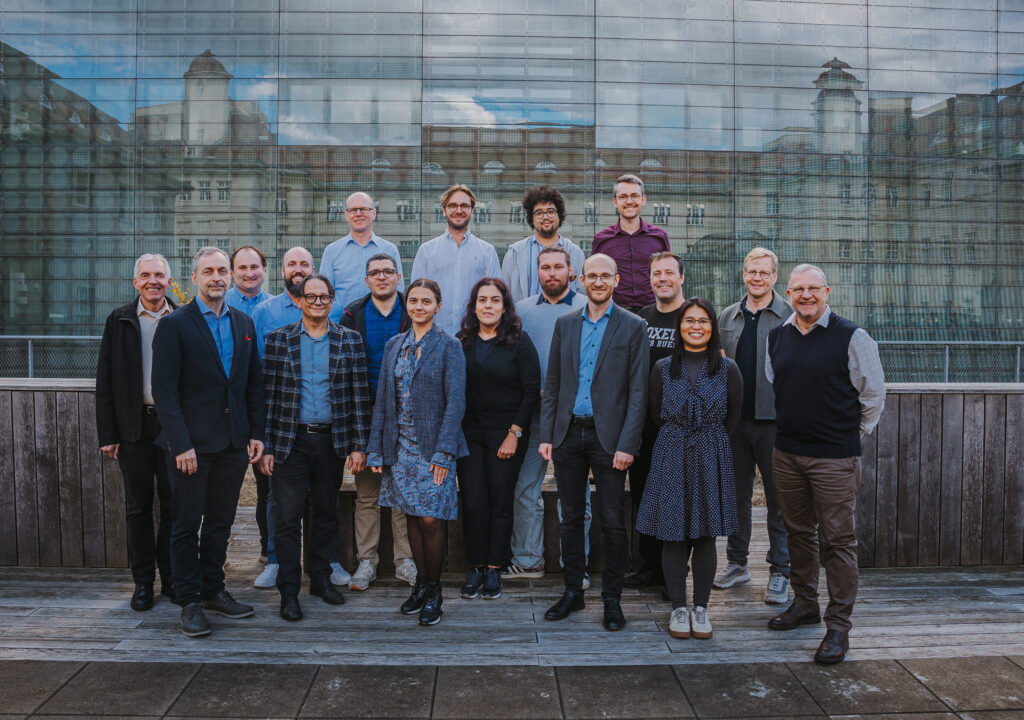Let the sun power your day
Enhancing PV technology affordability, supply security, and sustainability is key to achieving a clean energy transition and the zero-emissions goal.
Let’s build a green world together.

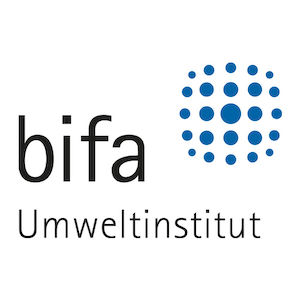
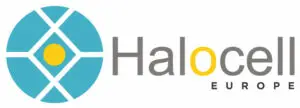









Next-Generation Photovoltaics
Tin-Halide Perovskite
Solar Cells
Tin halide perovskite solar cells show promising potential with high power conversion efficiencies and low-cost fabrication processes. Ongoing research targets further improvements in stability and scalability for broader commercial viability.
Performance
Characteristics


partners
>
researchers
>
technologies
>
publications
bn. €
Advancing Lead-Free Perovskite Photovoltaics
Smartline PV is developing a tin perovskite-based solar cell technology, focusing on efficient Roll-to-Roll (R2R) fabrication, reduced costs, and flexible modules with selectable color.
Watch our Video and learn more about Smartline PV!
Our Mission
Catalyzing the Future of Solar Energy
Our mission is to address the critical challenges facing the photovoltaic sector through groundbreaking research and development. By advancing thin-film PV technology and strengthening the European PV value chain, we aim to empower communities and industries with reliable, cost-effective, and sustainable solar energy solutions, fostering a cleaner and more resilient energy future.
<
35
€/sqm.
We aim to cut solar power costs by over 50% with advanced perovskite technology and efficient production.
>
22%
PCE
We enhance solar cell efficiency and versatility, boosting energy output in compact spaces, crucial for urban settings.
>
2000
hours
We enhance perovskite solar cell stability with new compositions and encapsulations, extending lifespan and commercial viability.
Key Goals
Perovskite solar technology holds great promise for the future of solar energy.
Our cutting-edge research in thin-film PV technology is poised to break through current barriers.

Increase Power Conversion Efficiency

Optimize Device Architecture

Module Fabrication
Our Technology
Morphology
Plasma
MorphoColor
Device
Assembling
Testing
Installation
Smart Home
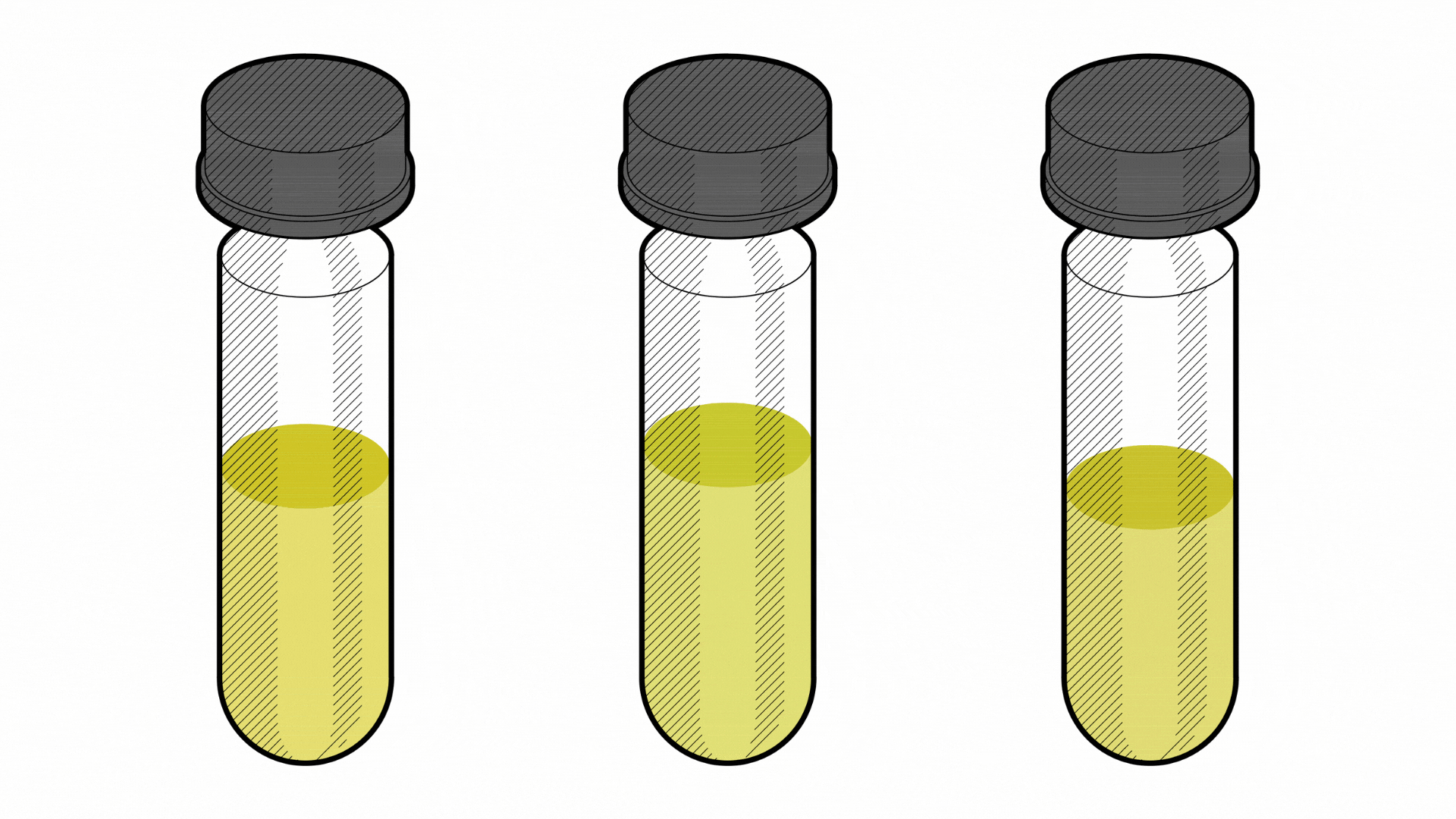
Morphology
The morphology of tin-based perovskite layers in scanning electron microscopy (SEM) reveals a multifaceted structure with well-defined grains and surface features. SEM images provide insights into the size and shape variations of perovskite crystals, crucial for their electronic and optical properties.
Learn more

Plasma
Plasma crystallization of tin perovskite involves subjecting the perovskites precursor solution to a plasma environment. This process induces crystallization and structural modification within the perovskite layer, enhancing its optoelectronic properties.
Learn more

Device
The device architecture consists of a layered structure, typically comprising transparent conductive oxide (TCO) substrates, electron transport layers (ETLs), perovskite active layers, and hole transport layers (HTLs), facilitating efficient charge extraction and transport for enhanced photovoltaic performance.
Learn more
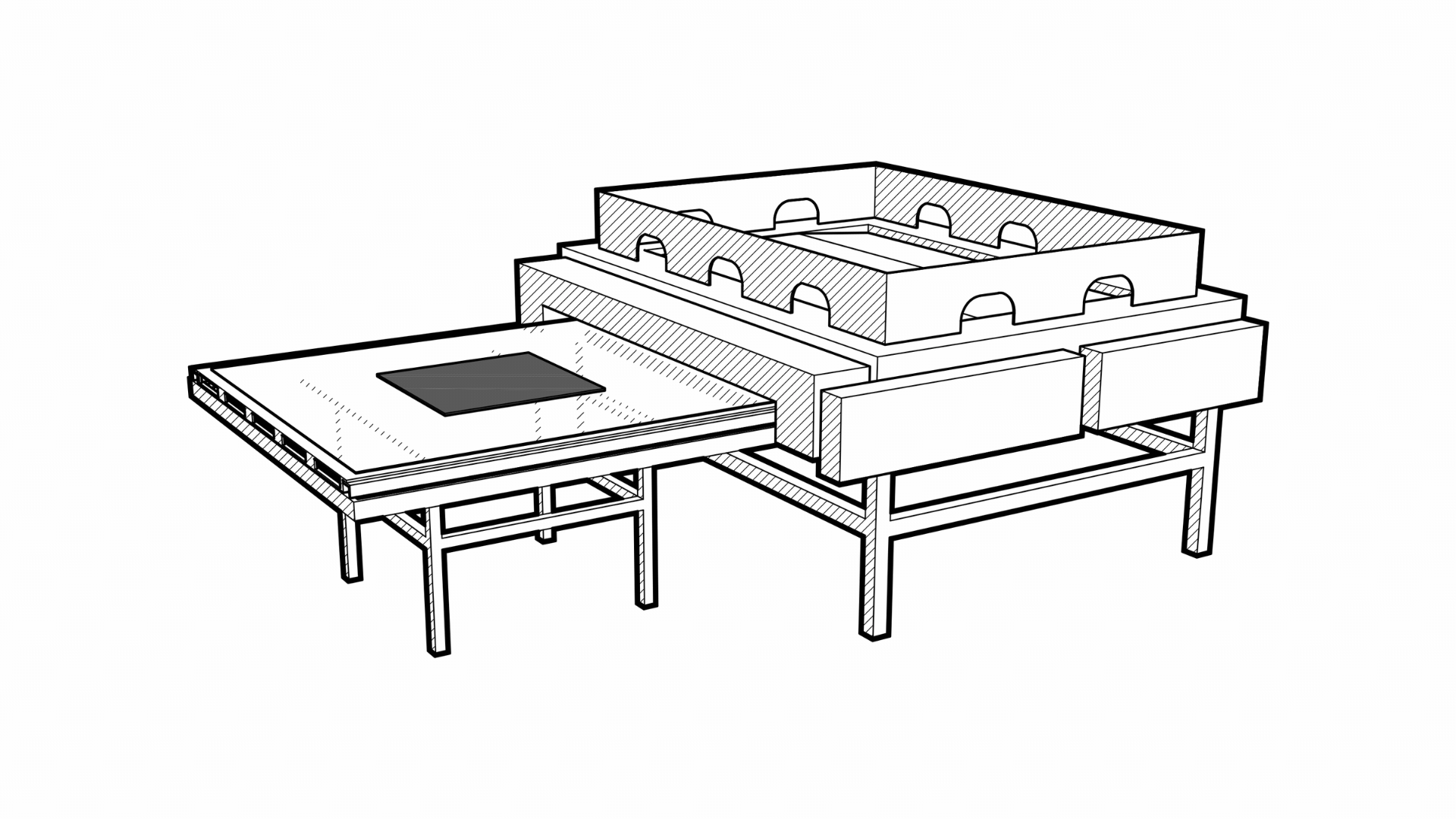
MorphoColor
The MorphoColor process entails preparation of nanostructured surfaces on foil substrates. This involves a series of deposition and replication steps to mimic the intricate hierarchical structures, resulting in vivid structural colors without the use of pigments or dyes.
Learn more

Assembling
The Smartline PV project integrates the newly developed MorphoColor thin film PV technology into roof tile casings designed for modern and heritage sites, ensuring the preservation of historical aesthetics while leveraging sustainable energy technology. These innovative tiles are designed to seamlessly replace traditional roof materials, maintaining the visual integrity of heritage buildings while generating solar power.
Learn more

Testing
Indoor testing allows for controlled evaluation of photovoltaic devices under simulated sunlight, providing insights into their efficiency and stability. Outdoor testing, conducted in real-world conditions, further validates device performance and durability, accounting for factors like weather variations and exposure to natural sunlight.
Learn more
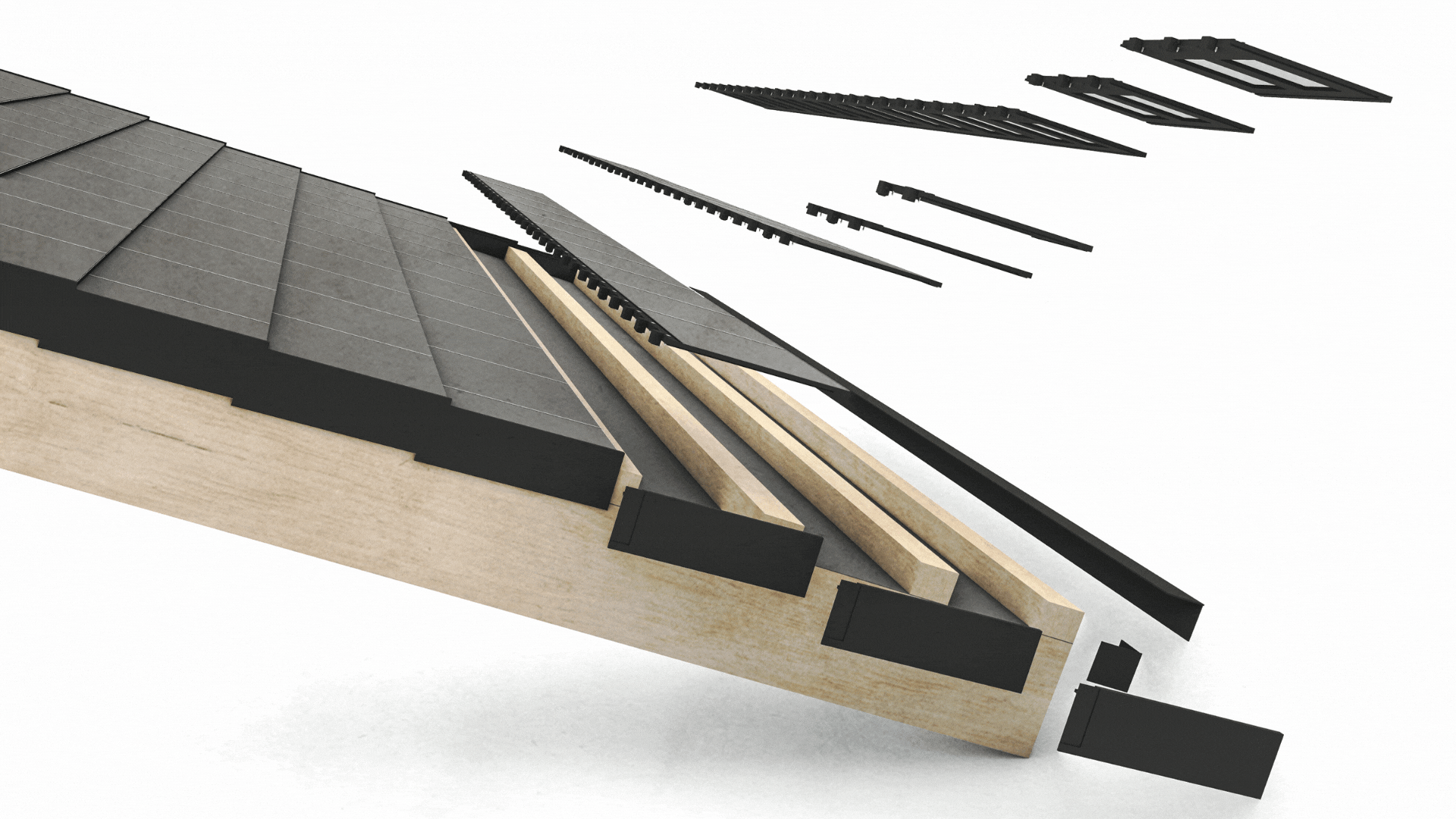
Installation
The installation of Smartline PV tiles in both heritage and modern buildings involves careful fitting to match existing structures and integrating additional electrical connections for the PV system. This process ensures the preservation of historical aesthetics and complements contemporary designs, while seamlessly generating solar power. The tiles’ innovative design allows for easy replacement of traditional materials without compromising on energy efficiency or visual appeal.
Learn more

Smart Home
Learn more
WP1: Project Coordination and Management
Coordination of SMARLTINE-PV and data management
This work package deals with the administrative and scientific coordination of SMARTLINE-PV as well as quality assurance and risk mitigation. A further important task will be the data management to maximize the access to SMARTLINE-PV data and their re-use.

Lead
Partners



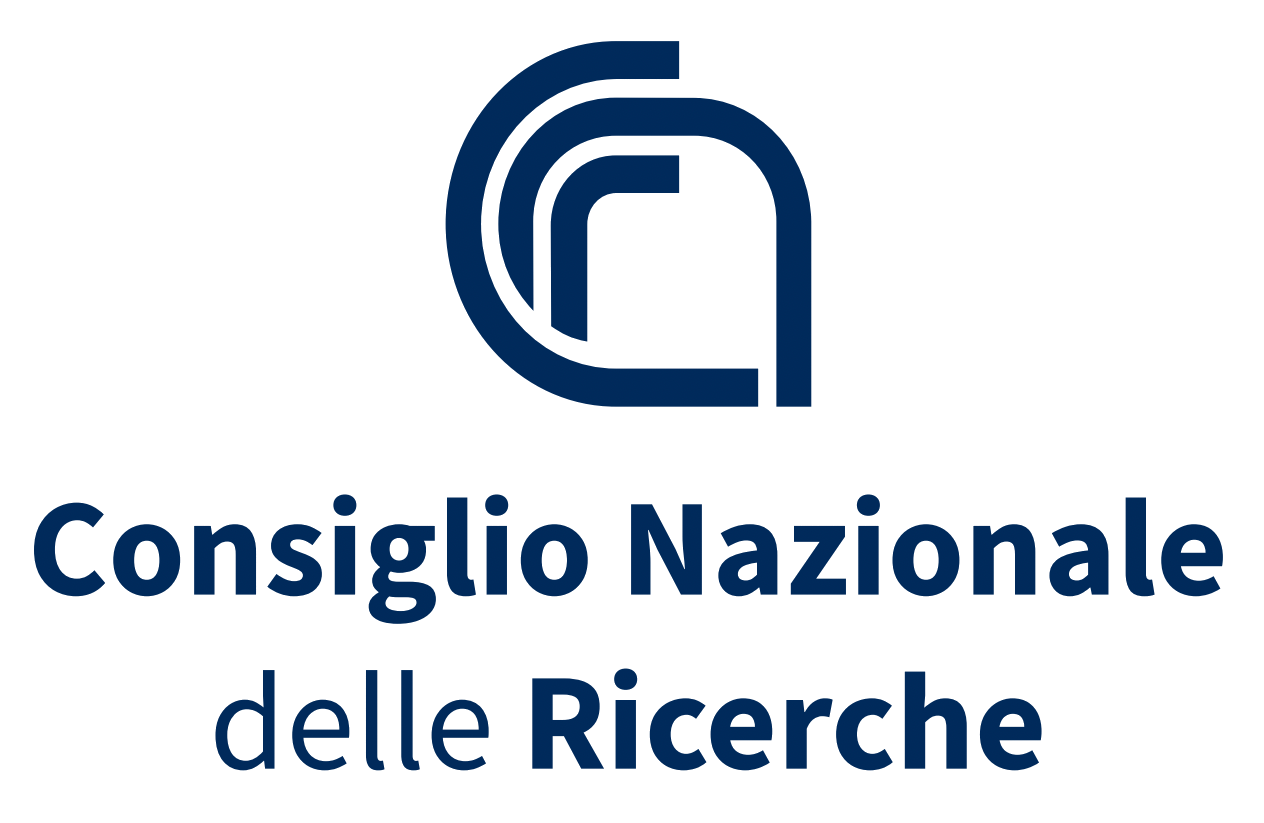
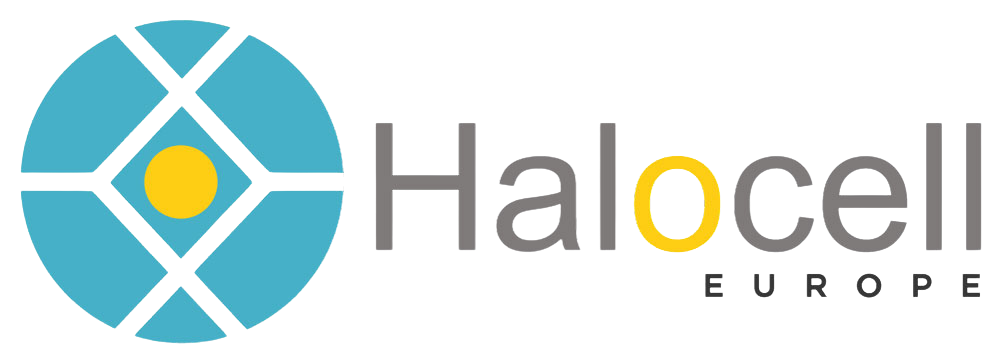






WP2: Perovskite Chemistry and Plasma-Assisted Conversion
Optimizing Perovskite Film Formation
This work package aims to determine optimal plasma conditions for fast crystallization, select appropriate precursors, and optimize film quality. It involves extensive characterization and evaluation of photovoltaic performance to improve efficiency and stability.
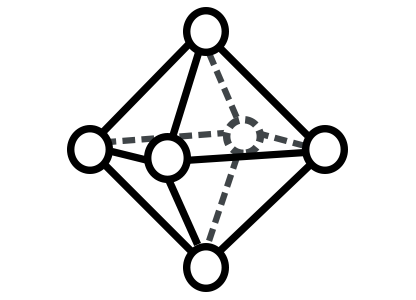
Lead
Partners







WP3: R2R Large Area Plasma Processing
Scaling Up Plasma Processing Techniques
This work package focuses on developing roll-to-roll (R2R) processing techniques for large-area plasma-assisted deposition of perovskite films. The goal is to achieve scalable and efficient production methods for high-quality perovskite solar cells.

Lead
Partners




WP4: Colored Module Technology Integration
Enhancing Aesthetic Appeal and Performance
This work package aims to integrate colored perovskite modules into solar cell technology. The objective is to enhance the visual appeal of solar panels without compromising their efficiency and performance.

Lead
Partners





WP5: Device Architecture, Modules, Characterization and Encapsulation
Advanced Device Design and Protection
This work package focuses on optimizing the architecture of perovskite solar cells and developing robust encapsulation methods. It includes detailed characterization to ensure high efficiency and longevity of the solar modules.

Lead
Partners






WP6: Life Cycle Assessment, Ecodesign and Circularity
Sustainable and Eco-friendly Solar Technology
The project involves implementing and updating ecodesign and recycling guidelines for lead-free perovskite PV modules, conducting a comprehensive Environmental Life Cycle Assessment (LCA) to demonstrate lower environmental impact compared to current technologies, assessing social acceptance through stakeholder involvement, and evaluating the circularity potential and end-of-life management improvements of these modules throughout the project's duration.

Lead
Partners











WP7: Standards, Demonstrators, Real-life Testing
Ensuring Quality and Real-world Applicability
This work package involves developing standards and conducting real-life testing of the solar modules. The goal is to validate the technology under actual operating conditions and ensure it meets industry standards.

Lead
Partners







WP8: Results Exploitation, Communication and Dissemination
Create and increase SMARTLINE-PV visibility
Communication, dissemination and exploitation strategies for SMARTLINE-PV results are the core of this work package. Specific focus will be on scientific publications, IPR, presentations, social media activities and further communication tools. Moreover, links with other projects, initiatives, platforms and industries will be made.

Lead
Partners











Life Cycle and Circularity
Showcase a threefold reduction in raw material supply risk and a substantial increase in material recyclability compared to existing thin film PV technologies on the market.
We will develop guidelines to enhance resource efficiency, ecodesign, and recycling for lead-free perovskite PV modules.
We will conduct an Environmental Life Cycle Assessment (LCA) to investigate the advantages of lead-free perovskite PV modules regarding a lower environmental impact compared to state-of-the-art technologies from cradle-to-grave.
Smartline PV will assess and improve the circularity potential and end-of-life management of lead-free perovskite PV modules, evaluating current practices and identifying future improvements.
We will conduct two workshops to engage stakeholders in the production, use, and end-of-life treatment of lead-free perovskite PV modules, addressing social acceptance and regulatory challenges.
Our Way
Harnessing prosuming’s dynamic energy, we explore the boundless potential of PV foil—lightweight, flexible, and available in any color. Our pioneering plasma-assisted techniques refine tin perovskite technology, enhancing reproducibility and grain sizes for sustainable solar solutions.

Lead-free

Plasma

Flexible

Light weight

Any color

Prosuming
Consortium







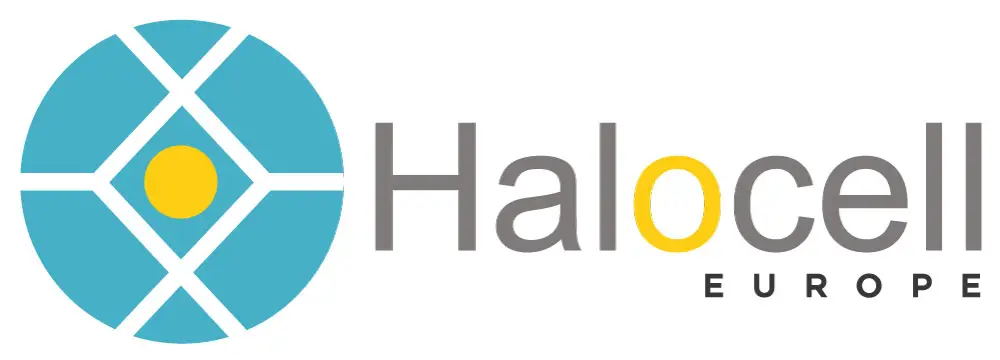




TU Graz - Coordinator
Graz University of Technology has currently over 17000 students and employs about 3200 staff, of which 2200 are scientists working in teaching and research in 7 faculties. The research activities of the Institute for Chemistry and Technology of Materials (ICTM) span a broad spectrum of applied materials synthesis from the fields of macromolecular chemistry and technology, photochemistry, electrochemistry, energy storage (lithium-ion batteries), piezoceramics, and the development of emerging solar cell materials.
Workpackes
WP 1
WP 2
WP 3
WP 4
WP 5
WP 6
WP 7
WP 8

Thomas Rath
Senior Scientist/Principal Investigator - Coordinator of SMARTLINE-PV

Gregor Trimmel
Full Professor
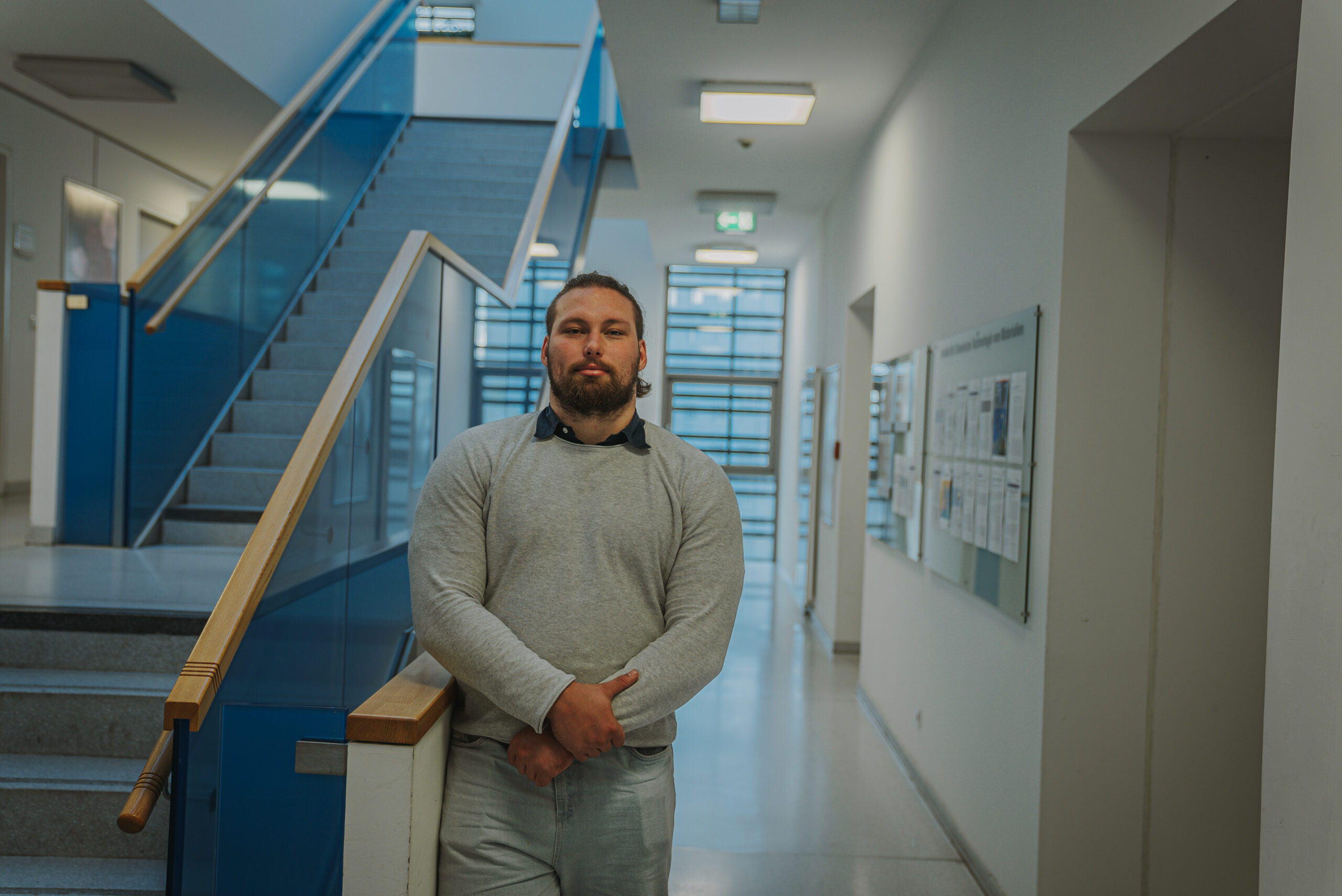
Jakov Tenžera
PhD Student

Julirose Kourist
Project Manager Smartline-PV

Kevin Pree
PhD Student
Fraunhofer ISE
The Fraunhofer Institute for Solar Energy Systems ISE in Freiburg, Germany is the largest solar research institute in Europe. With a staff of about 1400, they are committed to promoting a sustainable, economic, secure and socially just energy supply system based on renewable energy sources. They contribute to this through their main research areas of energy provision, energy distribution, energy storage and energy utilization. Through outstanding research results, successful industrial projects, spin-off companies and global collaborations, they are shaping the sustainable transformation of the energy system.
Workpackes
WP 1
WP 4
WP 6
WP 7
WP 8

Thomas Kroyer
Head of Group Coating Technology and Systems

Sophie Gledhill
Senior Scientist, Coating Technology and Systems

Martin Mattenheimer
Research Scientist, Coating Technology and Systems

Consiglio Nazionale delle Ricerche
Consiglio Nazionale delle Ricerche (CNR), the largest public research institution in Italy. CNR duty is to carry out, promote, spread, transfer and improve research activities in the main sectors of knowledge growth and of its applications for the scientific, technological, economic and social development of the country. The Istituto di Struttura della Materia (ISM) belongs to the CNR and it is one of the 12th Institutes of the Department of physics and tecnology of the matter. CNR-ISM, located in Rome, performs cutting-edge research in an interdisciplinary field between physics, chemistry and materials science. The activities of ISM range from theoretical modeling to development of prototypical devices, including the study of processes, preparation and functionalization of perovskite solar cells, and their structural and electronic characterization with novel instrumentation and methodologies. Moreover, ISM had built and manages beamlines at Elettra synchrotron.
Workpackes
WP 1
WP 2
WP 4
WP 5
WP 6
WP 7
WP 8
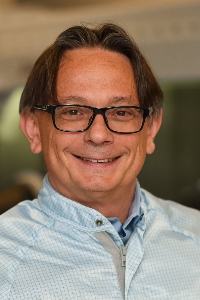
Aldo Di Carlo
Full Professor

Andrea Laruffa
Researcher

Venanzio Raglione
Research Scientist

Helmholtz Zentrum Berlin
Workpackes
WP 1
WP 2
WP 5
WP 6
WP 8
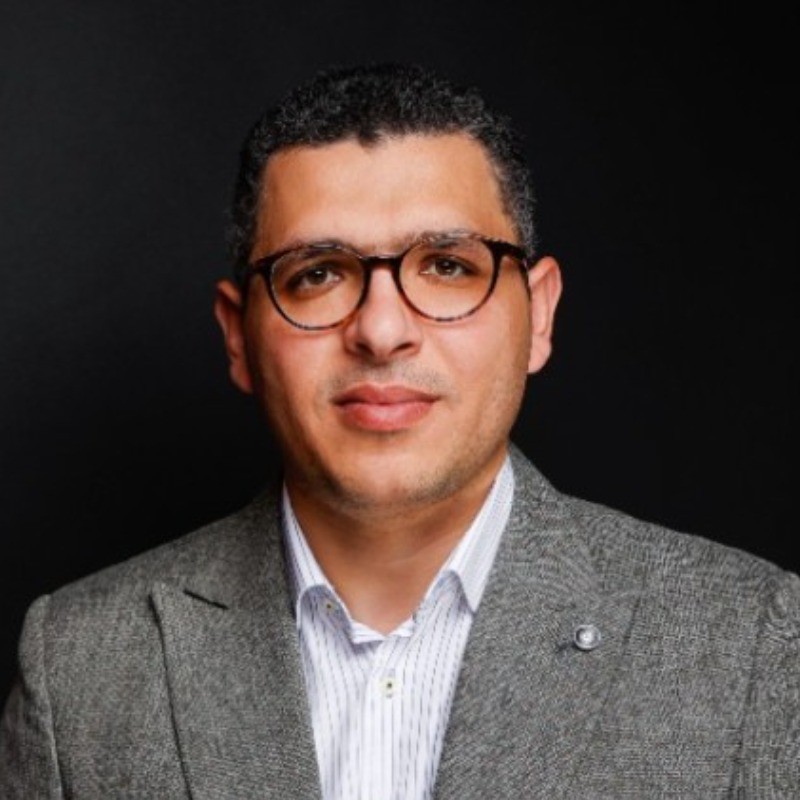
Mahmoud Aldamasy
Researcher

Antonio Abate
Leading researcher in photovoltaics

Eitan Dabah
Funding & Innovation Manager

CEA
CEA is the French Commission for Atomic and Alternative Energies, a public body with 16,000 people. It is a research organization working in the best interests of the French State, its economy and citizens in four key fields: low-carbon energy (nuclear and renewable), digital technology, technology for medicine of the future, and defence and national security. Within CEA, the division LITEN is a major European research institute and a driving force behind the development of sustainable energy technologies of the future (renewable energies, energy efficiency/storage and development of materials). LITEN includes the Department of Solar Technologies (CEA-INES), organized in divisions spanning the entire PV value chain.
Workpackes
WP 1
WP 6
WP 8

Beatrice Drevet
Research Scientist

Nouha Gazbour
Sustainability Manager

Filbau
Filbau, based in Slovakia, specializes in the distribution, installation, and maintenance of windows, doors, and sun shading. Over 45 years, our team has installed over 1 million units across 5000+ projects, including Austria’s National Bank and OMV Headquarters. In 2023, we partnered with the Technical University Graz, HZB Berlin, and Fraunhofer ISE under the EU’s Horizon Europe program to innovate Building Integrated Photovoltaics (BIPV). Filbau leads the SMARTLINE PV work package, focusing on demonstrator development (BIPV and IoT) and managing the project’s advisory board and results exploitation.
Workpackes
WP 1
WP 2
WP 3
WP 4
WP 6
WP 7
WP 8

Silvester Filkorn
RDI Lead

Igor Wachter
Researcher

Viktor Karla
Researcher

COMTES FHT a.s.
The Czech private research organization COMTES FHT a.s. is engaged in research and development (R&D) of prospective metals and other materials as well as methods and technologies of their processing and also provides operational services in R&D, such as computer modeling, software development, construction, additive manufacturing, production of prototypes and samples for testing, materials expertises and tests. In addition, it is involved in the education and training of young technical experts – students of master and doctoral programs of partner universities from the Czech Republic and abroad.
Workpackes
WP 1
WP 6
WP 7
WP 8

Miroslav Urbánek
Head of Computer modelling department

Danuše Jánská
CAE engineer, Research scientist
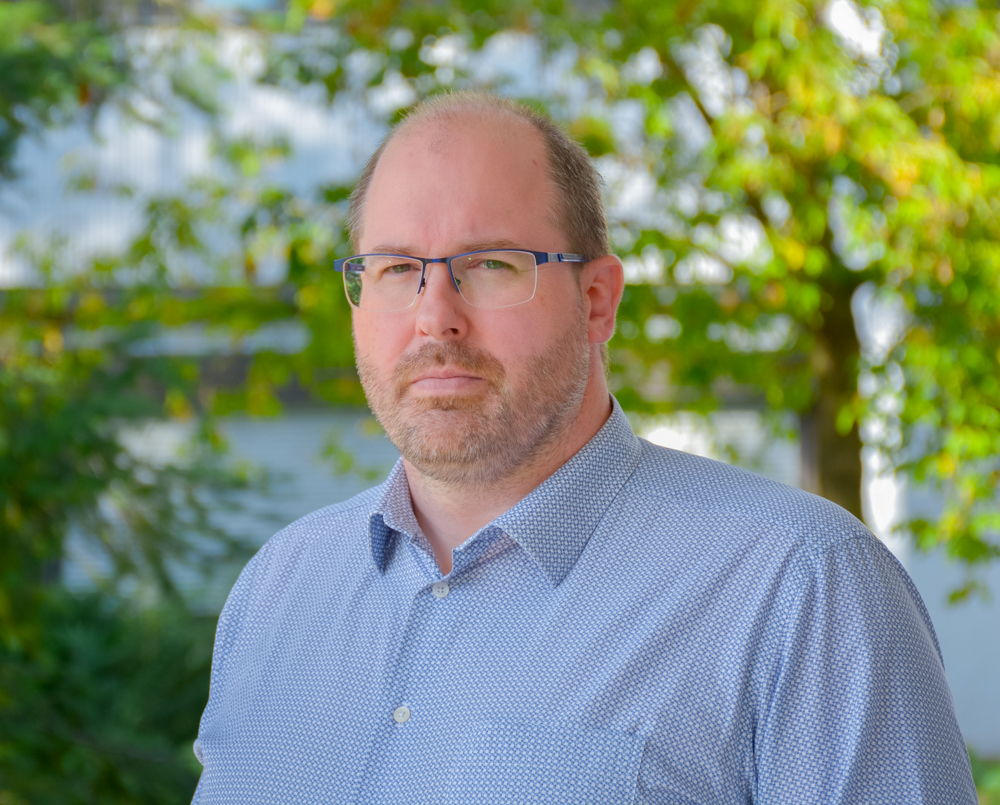
Václav Kubec
Designer and research scientist
INO GmbH
INO GmbH is an Austrian holding that encompasses various companies in the fields of special machine building, joining and coating technology. Modern plasma and automation technology are the main focuses of INO’s research and development.
Workpackes
WP 1
WP 2
WP 3
WP 5
WP 6
WP 8

Maximilian Stummer
Head of R&D

Simon Chwatal
Technical project leader

Tobias Männer
Employee, R&D department of coating technology

Halocell Europe
Halocell Europe srl (formerly known as Greatcell Italia srl) is an Italian SME member of the Halocell group of companies (formerly known as Greatcell Energy), world leader in R/D, manufacturing and commercialisation of PSC Cells, materials and equipment. The Halocell Europe team has a long history of collaborative development programs within the EU and for industrial applications. Halocell Europe develops new products, devices, components and materials in the PSC domain. Halocell Europe is mainly focused on manufacturing PSK modules. Halocell Europe has a wide expertise and patent portfolio, with particular reference to: DSC & PSC cells and module design, DSC and PSC manufacturing and testing equipment.
Workpackes
WP 1
WP 2
WP 4
WP 5
WP 6
WP 7
WP 8

Luca Sorbello
PhD Managing director

Amin Hasan
Researcher

Emanuele Calabrò
Materials and device engineer
Temicon
Temicon is a worldwide series producer of nano and micro structured films for innovative displays, LED, Solar or Optics applications. The company temicon is a pioneer in lithographic production of micro- and nanostructures on large, seamless surfaces and replication by roll-to-roll or roll-to-plate nanoimprint processing and electroforming.
Workpackes
WP 1
WP 4
WP 6
WP 7
WP 8
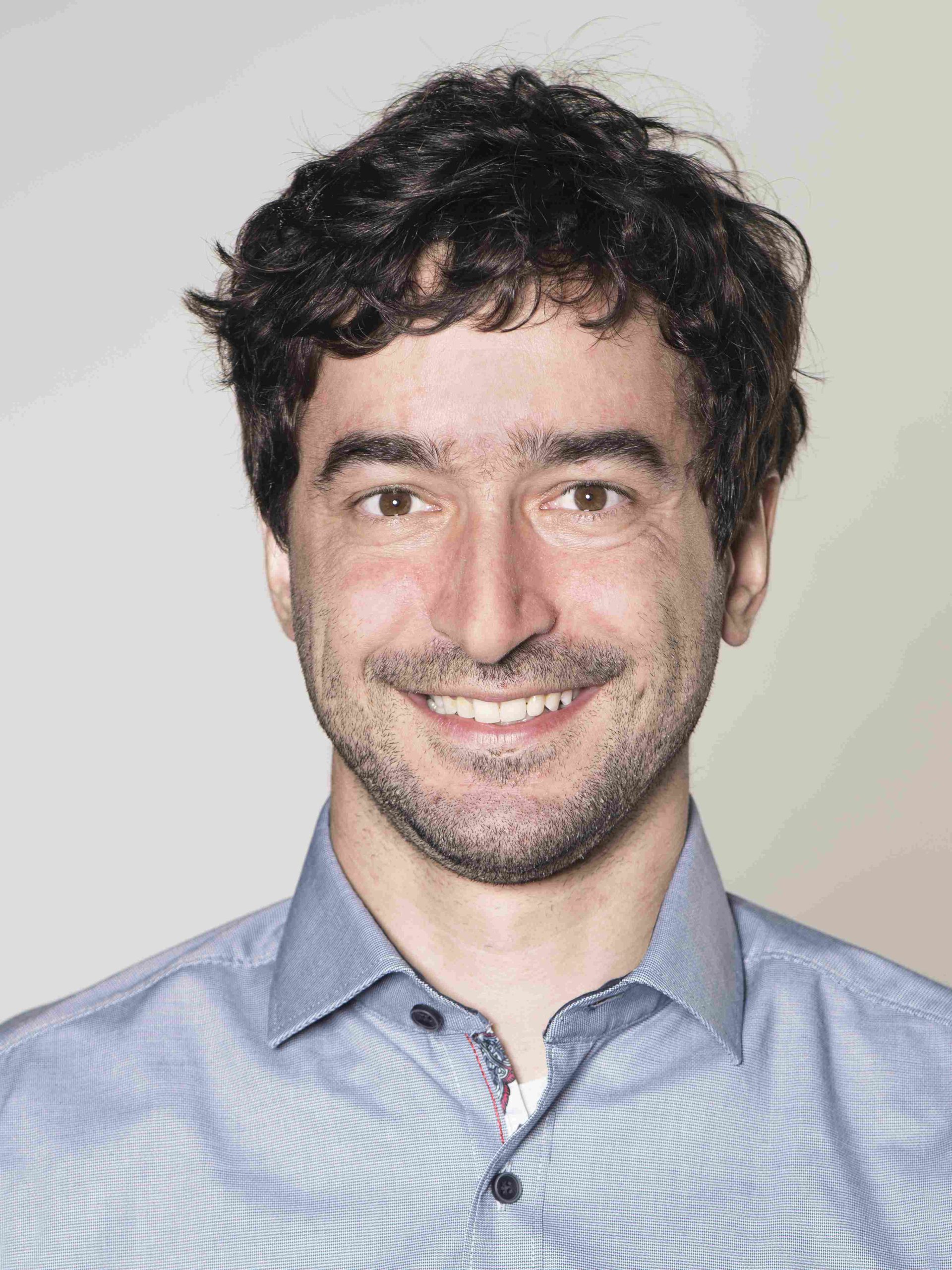
Hubert Hauser
Head of Team Interference Lithography

Christoph Stöver
Coordinator funded R&D projects

bifa Umweltinstitut
bifa is one of the leading application-orientated research, development and consulting organisations in Germany that offers a wide range of environmental research. In numerous research projects with funding from EU, federal and state funding, we have built up an efficient research network.
Workpackes
WP 1
WP 6
WP 8
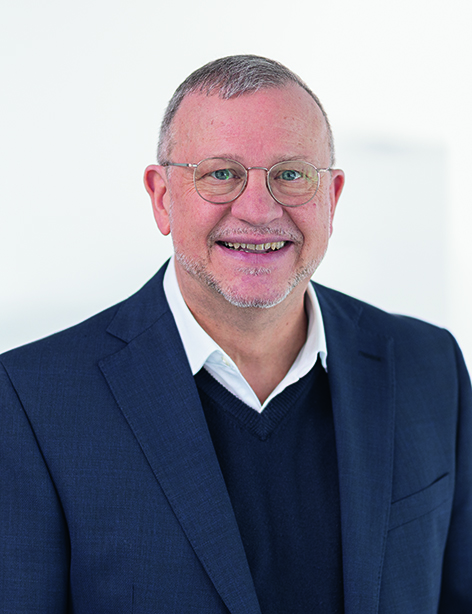
Markus Schönheits
Project manager

Alexandra Grimm
Research associate

Matthias Hämmer
Scientific employee

Kerstin Baumann
Waste consultant

Roksana Rotter
Research associate

Victor Aigbeghian
Research associate

JOANNEUM RESEARCH Forschungsgesellschaft GmbH
Workpackes
WP 1
WP 2
WP 3
WP 4
WP 5
WP 6
WP 7
WP 8
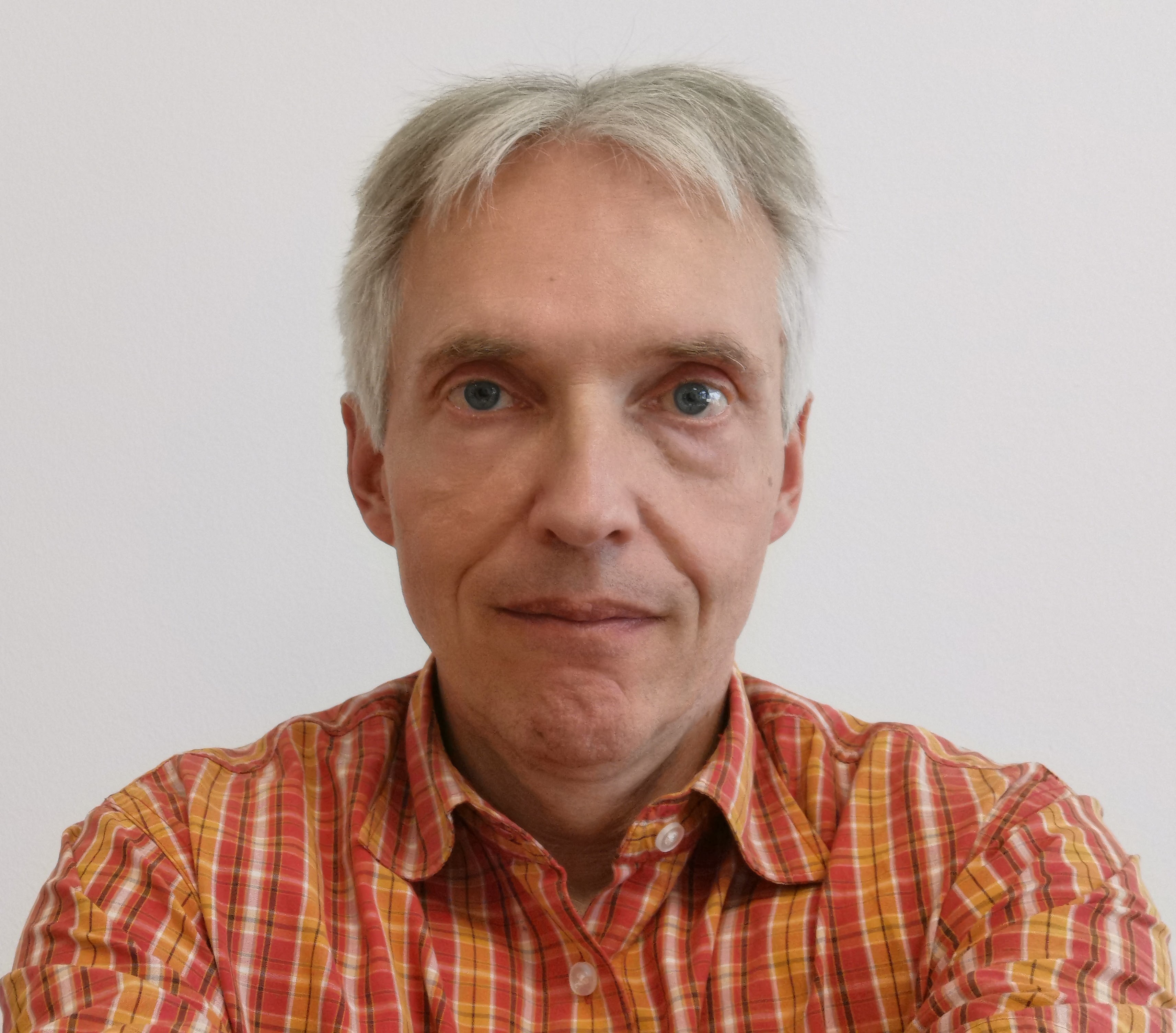
Reinhard Kaindl
Senior Scientist, Deputy Group Leader

Jürgen Lackner
Senior Scientist, topic leader plasma processing

Terrán Tetocserép Gyártó Ltd.
Workpackes
WP 1
WP 6
WP 7
WP 8
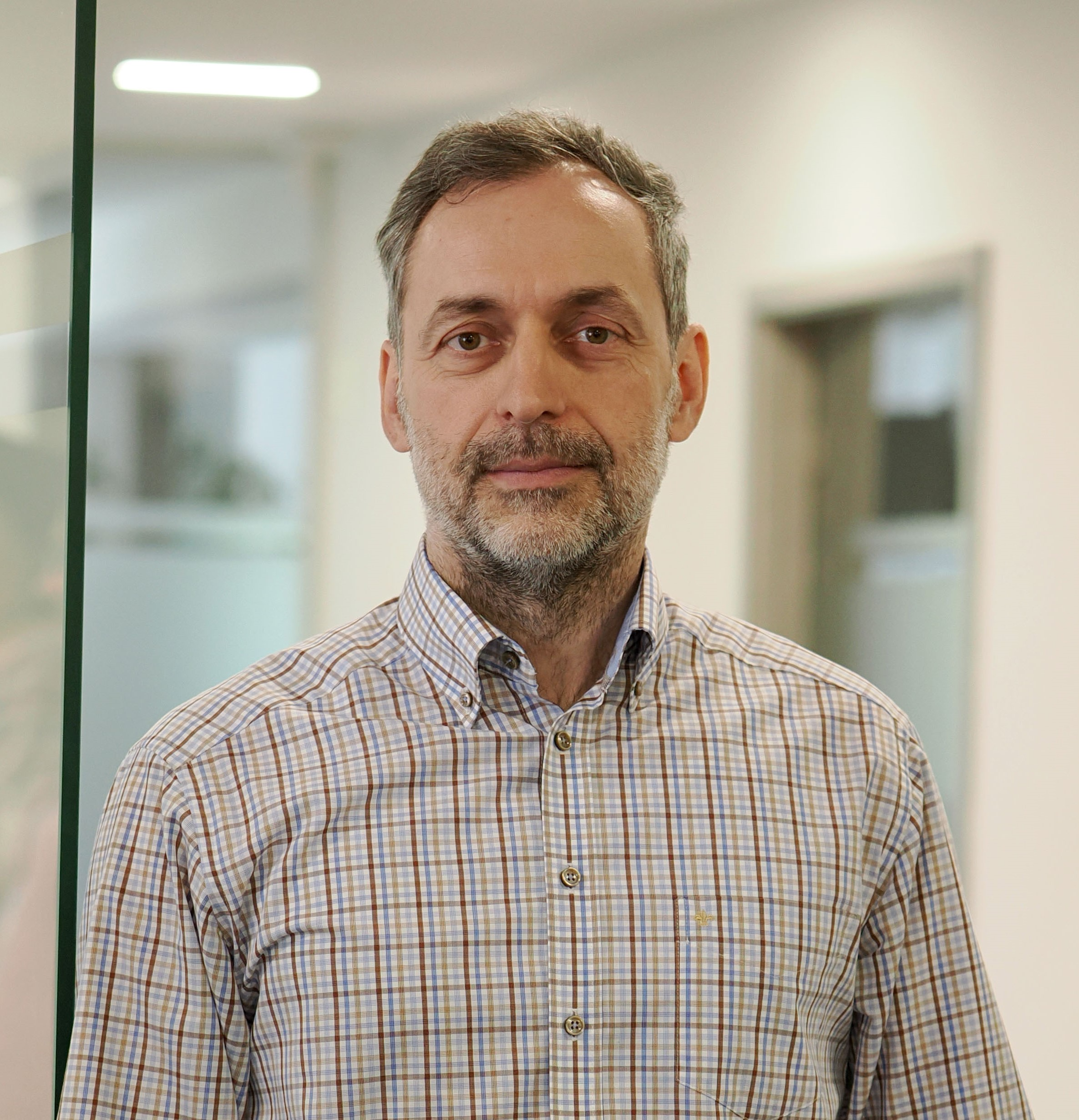
Árpád Jankó
Director of the Generon Division
Latest news
Pioneer, innovator or industrial giant?
Forging ahead with the commercialization of our transformative technologies, we’ve established strategic collaborations with renowned industry leaders who share our vision for the future of solar energy.
Let’s drive innovation, transform markets, and lead the way towards a sustainable energy future together.
Early
Adopters

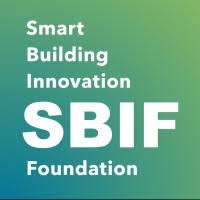




External Expert Advisory Board

Philipp Semmler
Senior Advisor, Blue Minds Company

Frank Hermanns
Managing Director, Smart Building Innovation Foundation

Laura Holzer
CSRD Specialist, ASFINAG
